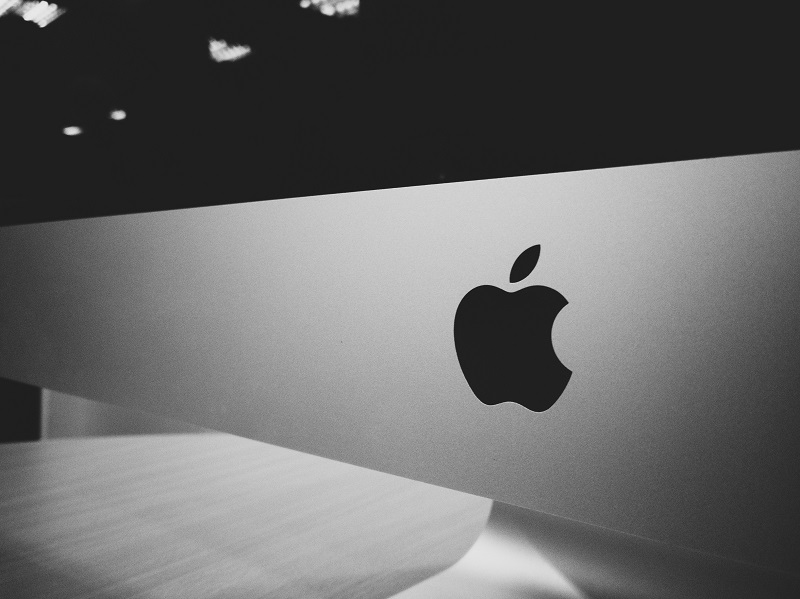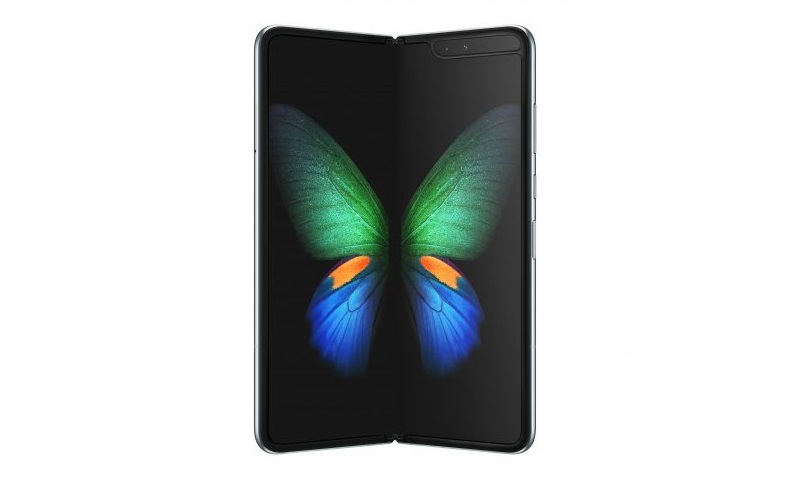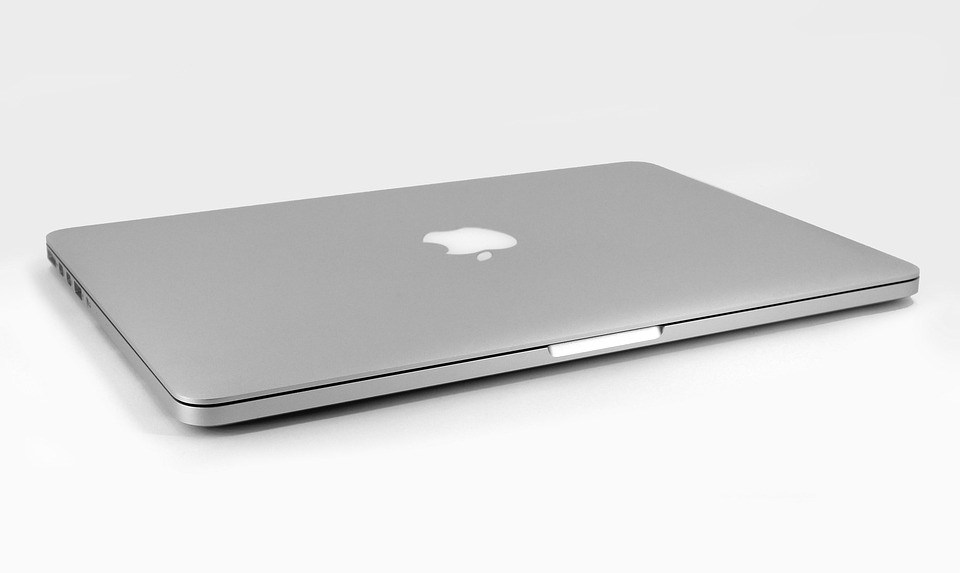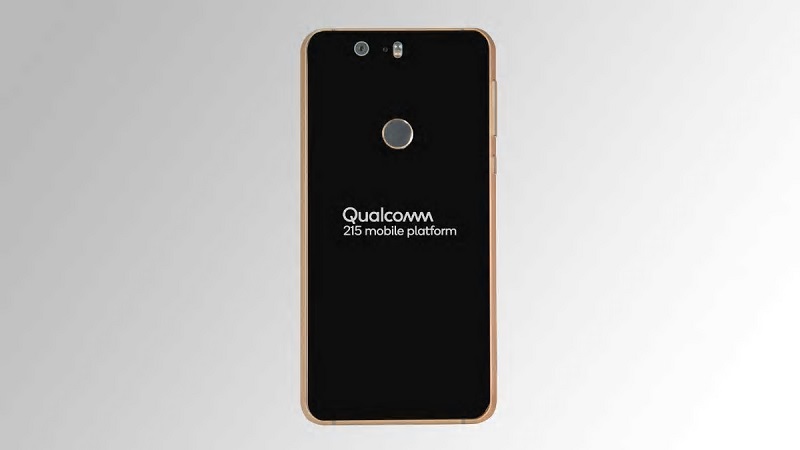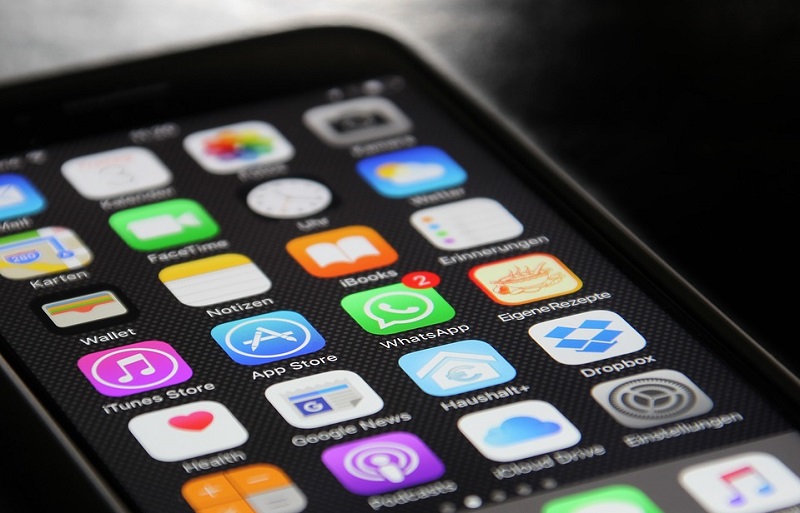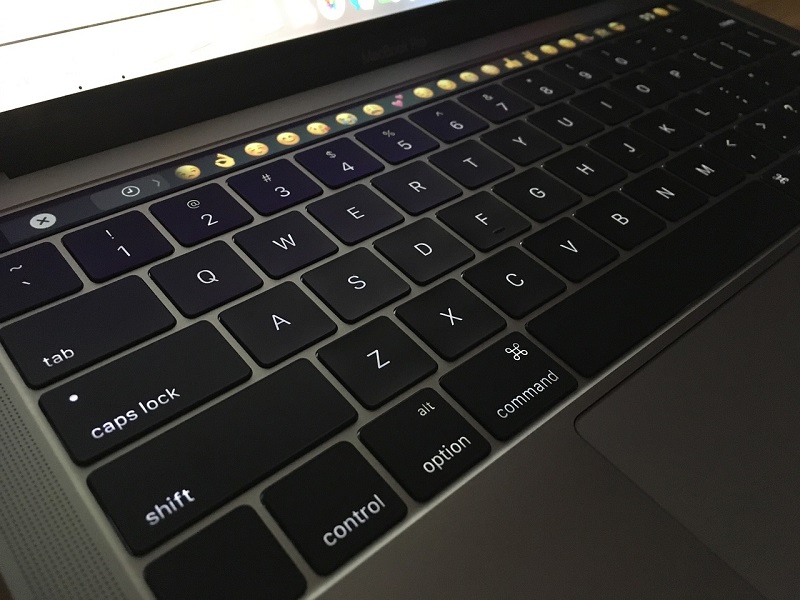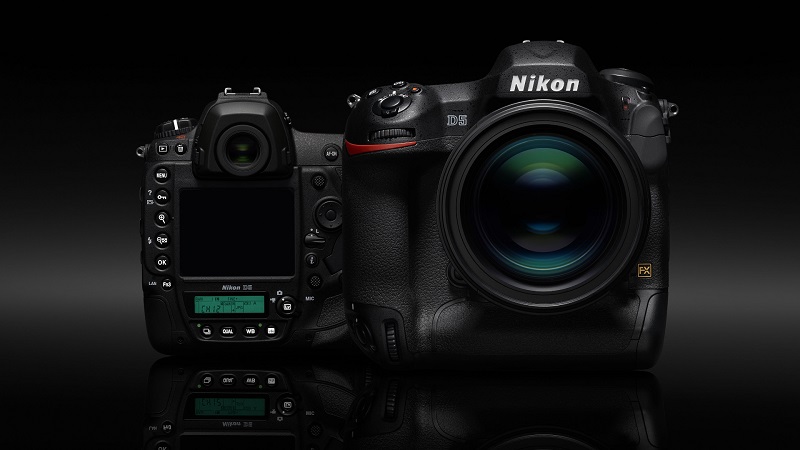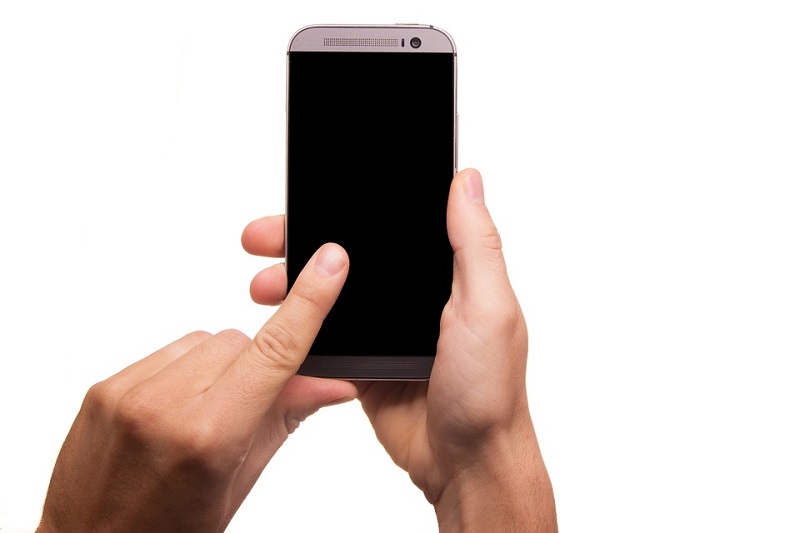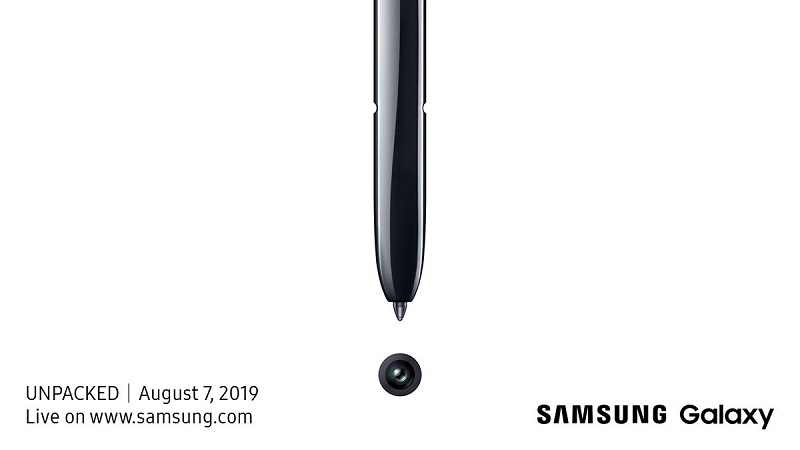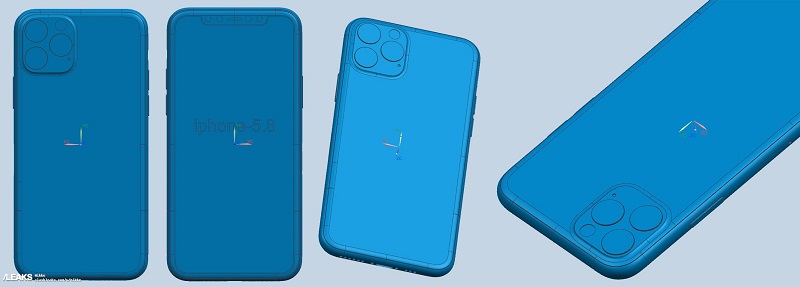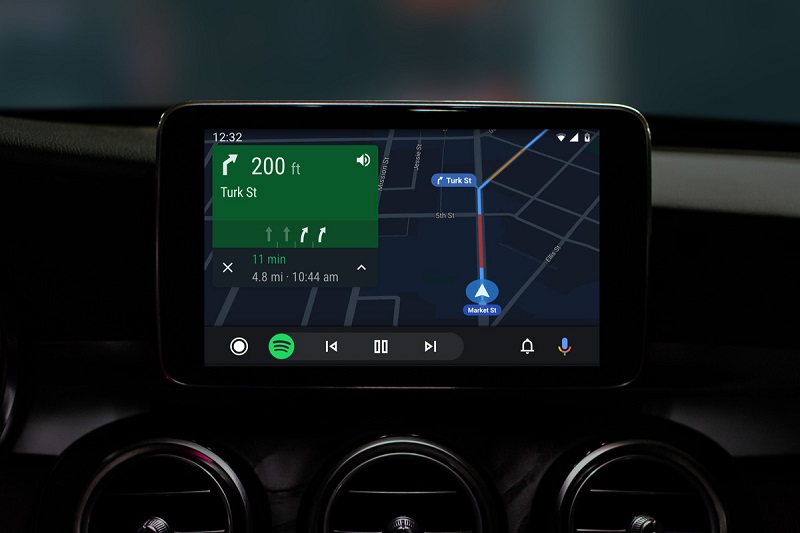Apple has officially confirmed in a press release that it has acquired a major stake in Intel’s 5G smartphone modem business. The iPhone-maker wants to acquire the majority of Intel’s smartphone business, along with over 2200 Intel employees, intellectual property, equipment and leases, in order to manufacture modems for future iPhones. The move will cost Apple nearly a billion US dollars, and plans to close the deal will happen sometime in the fourth quarter of 2019.
“We’ve worked with Intel for many years and know this team shares Apple’s passion for designing technologies that deliver the world’s best experiences for our users,” said Johny Srouji, Apple’s senior vice president of Hardware Technologies. “Apple is excited to have so many excellent engineers join our growing cellular technologies group, and know they’ll thrive in Apple’s creative and dynamic environment.”
Apple, however, won’t take over the entire smartphone modem business from Intel, who’ll still manufacture modems for products such as autonomous vehicles, personal computers, and IoT (Internet of Things) devices. Once the deal is finalized, Apple will acquire over 17,000 wireless technology patents ranging from protocols for cellular standards and modem operation and architecture.
Meanwhile, Intel claims it wants to sell the smartphone modem business because they want to focus on 5G technologies for telecommunications equipment manufacturers, network operators, and cloud service providers. Intel CEO Bob Swan stated that the agreement will allow the compny to focus on developing technology for 5G network while also retaining crucial intellectual property and modem technology.
